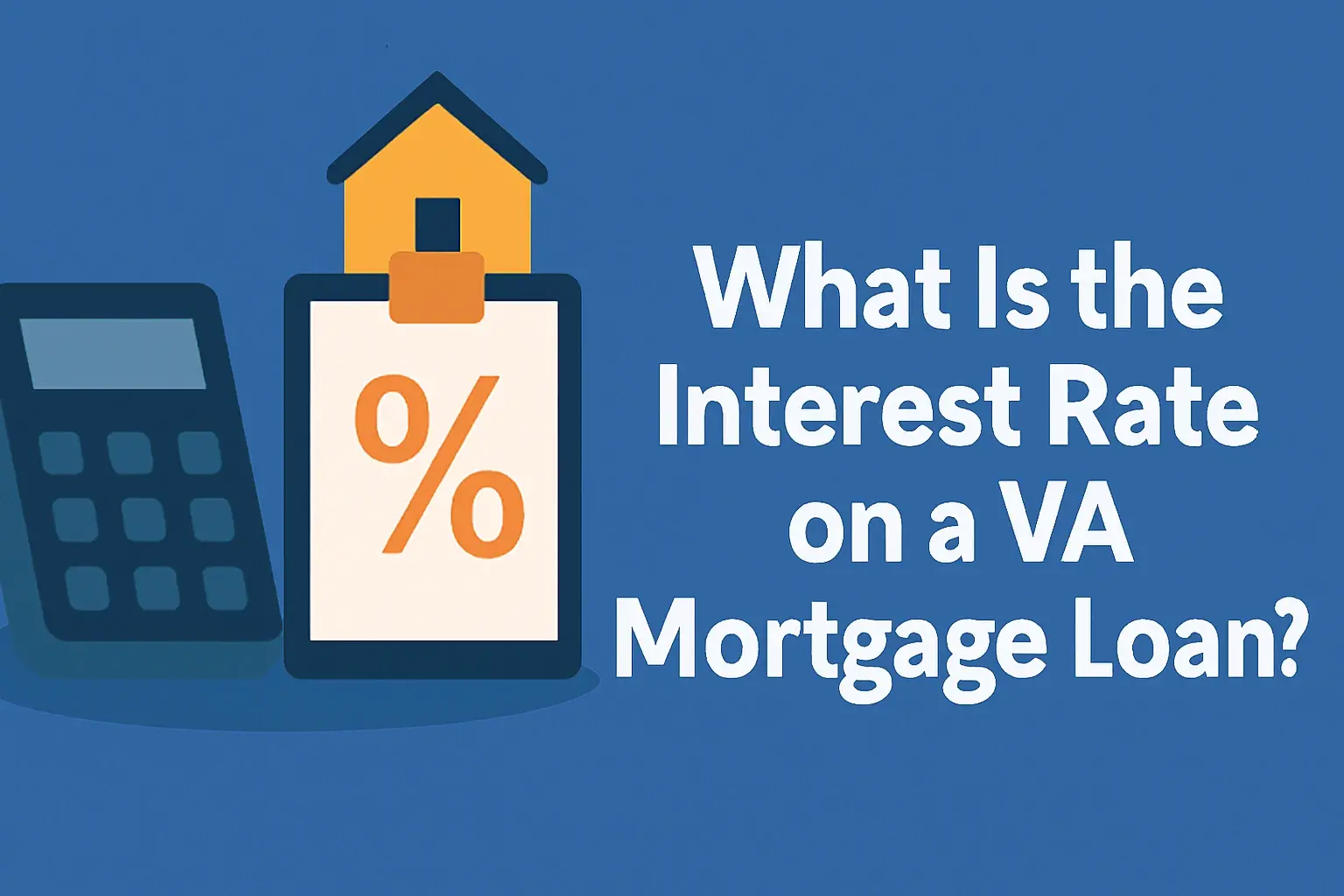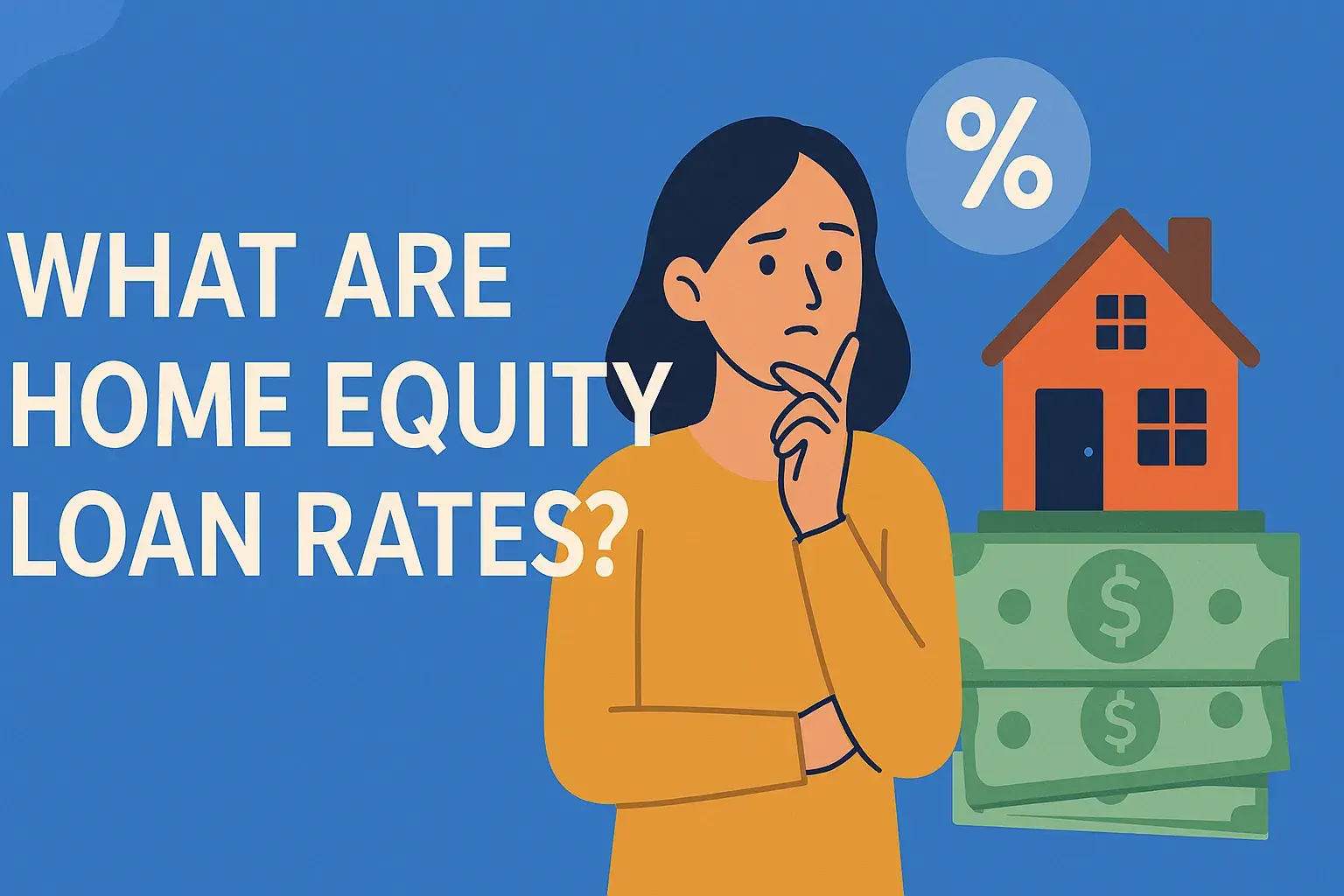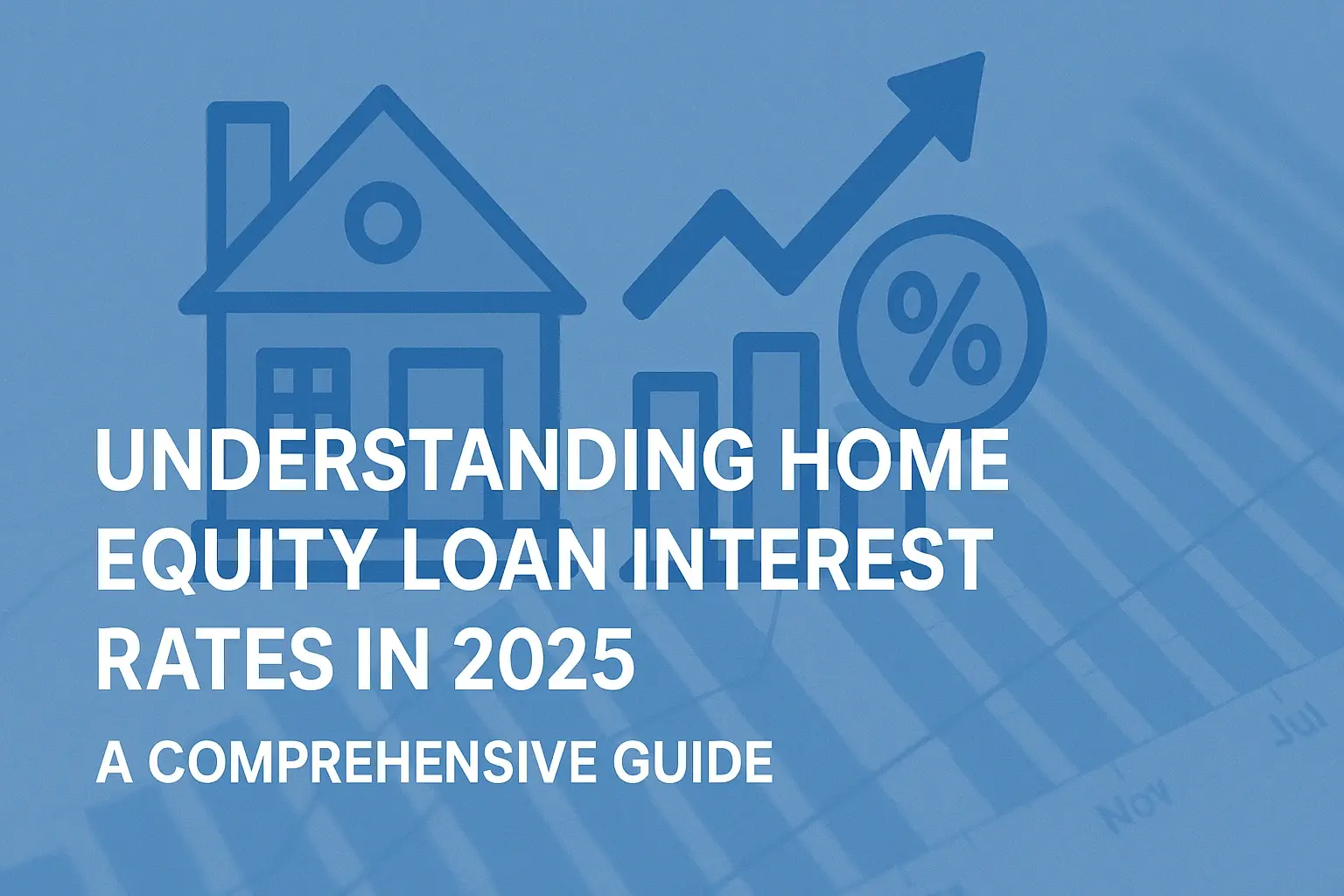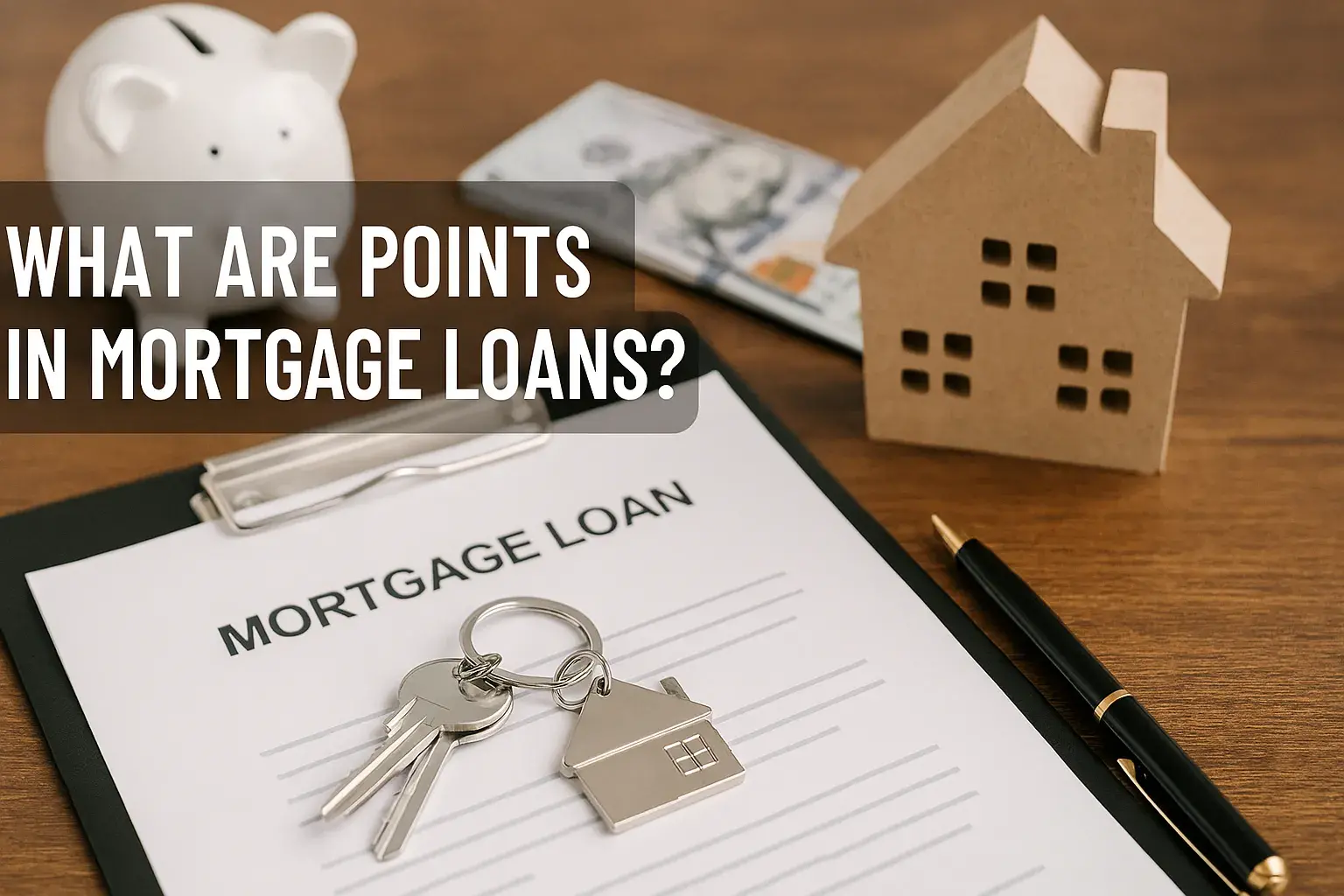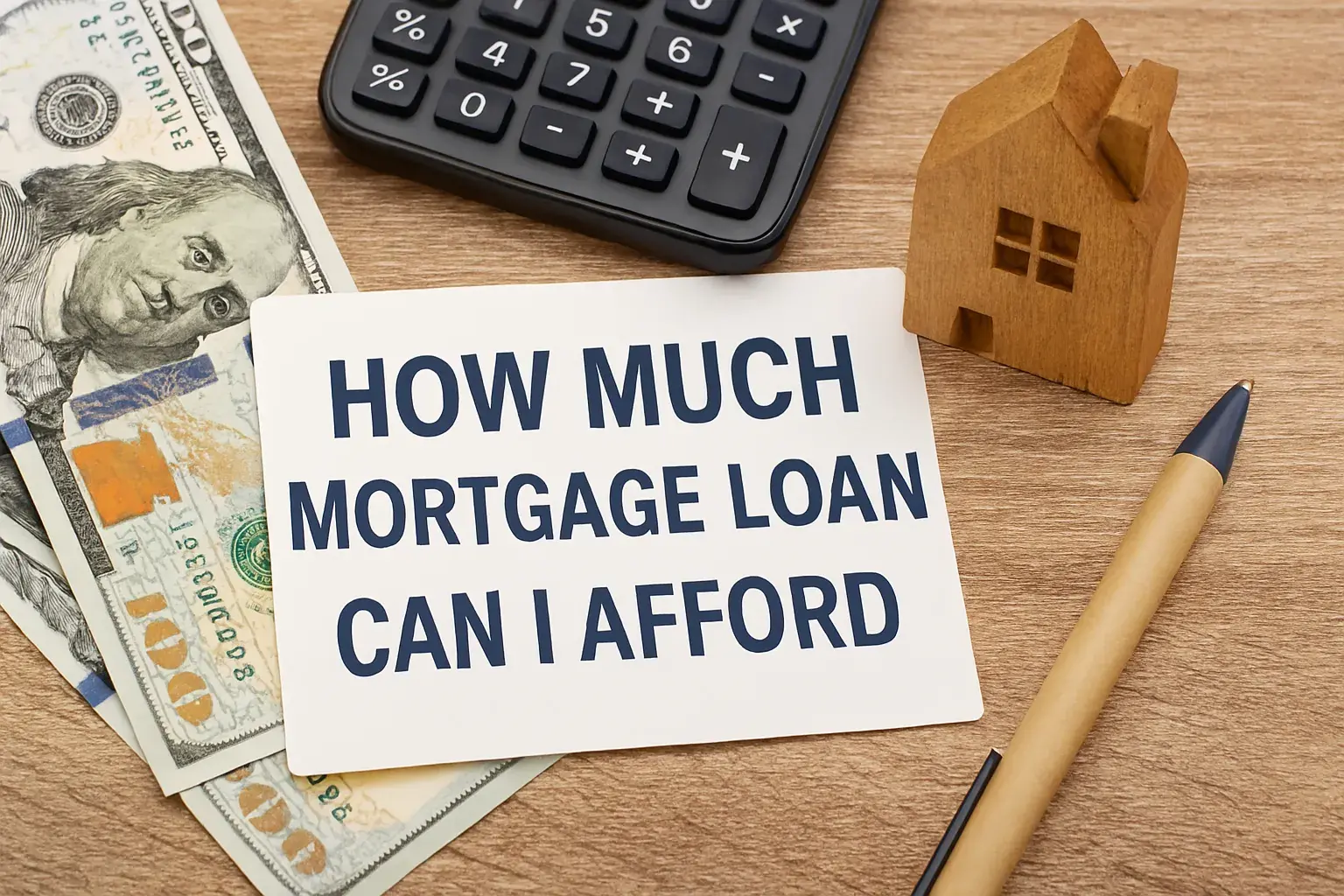-
Posted on: 23 Aug 2024

-
Introduction: Financing Your Dream Home Renovation
Embarking on a home improvement project can be exciting, but it often comes with a significant price tag. Whether you're dreaming of a kitchen remodel, a bathroom upgrade, or simply need to address essential repairs, understanding your financing options is crucial. A home improvement loan can provide the necessary capital to transform your living space and increase its value. This comprehensive guide will walk you through the different types of home improvement loans, the eligibility requirements, and the application process, empowering you to make informed decisions and secure the funding you need.
Many homeowners face the dilemma of wanting to improve their homes but lacking the necessary funds upfront. While saving is always a good option, it may not be feasible for urgent repairs or time-sensitive renovations. Home improvement loans offer a practical solution, allowing you to spread the cost over time and complete your project without delay.
Understanding Different Types of Home Improvement Loans
Choosing the right type of home improvement loan is essential. Each option has its own set of pros and cons, interest rates, and eligibility criteria. Here's a breakdown of some of the most common types:
1. Unsecured Personal Loans
Unsecured personal loans don't require you to put up any collateral, such as your home. This makes them a less risky option compared to secured loans, but they typically come with higher interest rates and shorter repayment terms.
- Pros: No collateral required, fast funding times.
- Cons: Higher interest rates, lower borrowing limits compared to secured loans.
- Best For: Smaller projects or those who don't want to risk their home as collateral.
2. Secured Home Equity Loans (HEL)
Home equity loans allow you to borrow against the equity you've built up in your home. The loan is secured by your home, which means the lender can foreclose if you fail to make payments. Because they're secured, HELs typically offer lower interest rates and longer repayment terms compared to unsecured loans.
- Pros: Lower interest rates, higher borrowing limits, longer repayment terms.
- Cons: Risk of foreclosure if you default, requires sufficient home equity.
- Best For: Larger projects, homeowners with significant equity in their homes.
3. Home Equity Lines of Credit (HELOC)
A HELOC is a revolving line of credit secured by your home equity. You can borrow money as needed, up to a certain credit limit, and only pay interest on the amount you've borrowed. HELOCs typically have a variable interest rate, which means the rate can fluctuate over time.
- Pros: Flexible borrowing, pay interest only on what you borrow, potential tax advantages (consult a tax advisor).
- Cons: Variable interest rates, risk of foreclosure if you default, requires sufficient home equity.
- Best For: Projects with uncertain costs, homeowners who need flexibility in borrowing and repayment.
4. FHA 203(k) Loans
The FHA 203(k) loan is insured by the Federal Housing Administration (FHA) and allows you to finance both the purchase and renovation of a home with a single mortgage. There are two types: Limited 203(k) for minor repairs and Standard 203(k) for more extensive renovations.
- Pros: Allows financing of purchase and renovation, lower down payment requirements compared to conventional loans, good for fixer-uppers.
- Cons: Strict requirements for contractors and project approval, can be more complex than other loan options, lower borrowing limits.
- Best For: Purchasing a home that needs significant repairs or renovations.
5. Renovation Loans from Private Lenders
Some private lenders offer specialized renovation loans designed to finance specific types of home improvements. These may have unique features or benefits tailored to certain projects.
- Pros: May offer customized solutions for specific renovation needs.
- Cons: Terms and conditions can vary widely, requires careful research.
- Best For: Specific types of renovations where standard loan products don't fit.
6. Credit Cards
While not technically a "loan," using credit cards for home improvement can be an option, especially for smaller projects. Look for 0% APR introductory offers to minimize interest costs. However, be cautious of high interest rates after the promotional period ends.
- Pros: Easy access to funds, potential for rewards points or cashback.
- Cons: High interest rates if not paid off quickly, can negatively impact credit score if debt becomes unmanageable.
- Best For: Very small projects, only if you can pay off the balance quickly.
Factors to Consider When Choosing a Home Improvement Loan
Before applying for any home improvement loan, carefully consider these factors:
- Loan Amount: Determine the total cost of your project and ensure the loan amount is sufficient. Get multiple quotes from contractors to get an accurate estimate.
- Interest Rate: Compare interest rates from different lenders. Even a small difference in interest rate can significantly impact the total cost of the loan. Consider both fixed and variable rate options.
- Repayment Terms: Choose a repayment term that fits your budget. Longer terms result in lower monthly payments but higher overall interest costs. Shorter terms mean higher monthly payments but lower overall interest costs.
- Fees and Charges: Be aware of any fees associated with the loan, such as origination fees, appraisal fees, and closing costs.
- Your Credit Score: Your credit score plays a significant role in determining your eligibility and interest rate. Check your credit report and address any errors before applying for a loan.
- Debt-to-Income Ratio (DTI): Lenders will assess your DTI to determine your ability to repay the loan. A lower DTI generally improves your chances of approval.
- Loan Purpose: Some loans are specifically designed for home improvements. Make sure the loan you choose aligns with your project goals.
Preparing to Apply for a Home Improvement Loan
Preparation is key to a successful loan application. Gather the necessary documents and take steps to improve your financial profile.
1. Check Your Credit Score and Report
Review your credit report for any inaccuracies or errors. Dispute any incorrect information to improve your credit score. A higher credit score can lead to lower interest rates and better loan terms.
2. Gather Necessary Documents
Lenders typically require the following documents:
- Proof of Income: Pay stubs, W-2 forms, tax returns.
- Bank Statements: To verify your income and assets.
- Identification: Driver's license or other government-issued ID.
- Homeownership Documents: Deed, mortgage statement, property tax bill.
- Contractor Estimates: Detailed estimates from licensed contractors outlining the scope and cost of the project.
3. Determine Your Budget and Loan Amount
Calculate the total cost of your project and determine how much you need to borrow. Be realistic and factor in potential cost overruns.
4. Shop Around for the Best Rates and Terms
Don't settle for the first offer you receive. Compare rates and terms from multiple lenders to find the best deal. Online tools and comparison websites can help you quickly evaluate different options.
5. Understand Loan Conditions
Be sure you fully understand all the terms and conditions of the loan before you agree to it. Read the fine print and ask questions if anything is unclear. Pay attention to prepayment penalties, late payment fees, and any other potential charges.
The Home Improvement Loan Application Process
The application process generally involves these steps:
1. Pre-Approval
Getting pre-approved for a home improvement loan gives you an idea of how much you can borrow and what interest rate you can expect. This can help you narrow down your search and make more informed decisions. This is a preliminary assessment based on limited information.
2. Formal Application
Once you've chosen a lender, you'll need to complete a formal loan application. This involves providing detailed information about your income, assets, and debts. You'll also need to submit the required documentation.
3. Underwriting
The lender will review your application and supporting documents to assess your creditworthiness and ability to repay the loan. This process is called underwriting.
4. Appraisal (for Secured Loans)
If you're applying for a secured loan, the lender will likely require an appraisal to determine the value of your home. This helps ensure that the loan amount is adequately secured.
5. Loan Approval and Closing
If your application is approved, you'll receive a loan offer outlining the terms and conditions of the loan. Review the offer carefully and sign the loan documents to finalize the agreement. This is called closing.
6. Disbursement of Funds
Once the loan is closed, the lender will disburse the funds. The funds may be disbursed directly to you or to the contractor, depending on the terms of the loan.
Tips for a Successful Loan Application
- Be Honest and Accurate: Provide accurate information on your loan application. Dishonesty can lead to rejection.
- Improve Your Credit Score: Take steps to improve your credit score before applying, such as paying down debt and correcting errors on your credit report.
- Reduce Your Debt-to-Income Ratio: Lower your DTI by paying off debts or increasing your income.
- Shop Around: Compare offers from multiple lenders to find the best rates and terms.
- Read the Fine Print: Carefully review the loan agreement before signing. Understand all the terms and conditions.
- Work with a Reputable Lender: Choose a lender with a good reputation and positive customer reviews.
- Consider Government Programs: Explore government-sponsored programs that offer assistance with home improvements.
Alternative Financing Options
If a home improvement loan isn't the right fit for your situation, consider these alternative financing options:
- Savings: Using your savings is the most cost-effective option, as you avoid paying interest.
- Grants: Some organizations offer grants for specific types of home improvements, such as energy efficiency upgrades.
- Crowdfunding: Raising funds through crowdfunding platforms can be an option, especially for unique or compelling projects.
- Negotiating with Contractors: See if your contractor offers payment plans or discounts for paying upfront.




